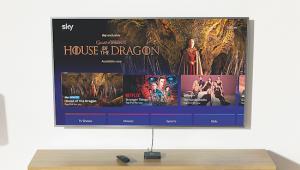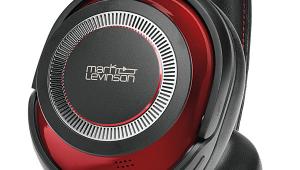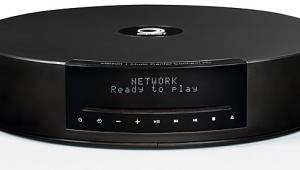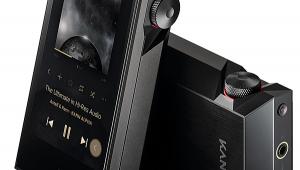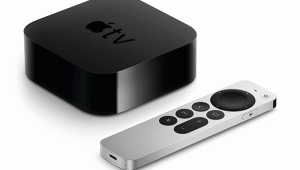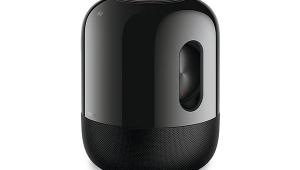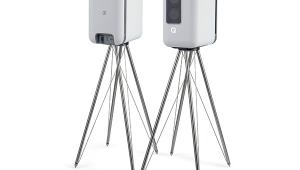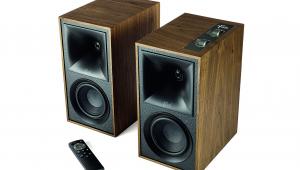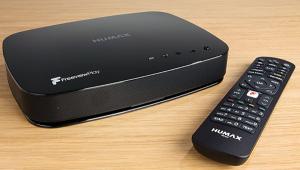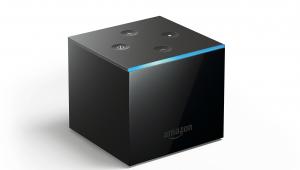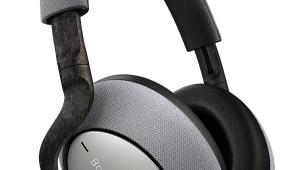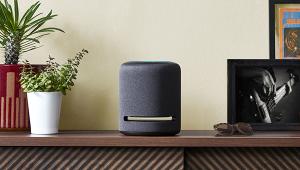Power Ethernet PE Socket review

AV enthusiasts have long argued the merits of interconnects, debating the pros and cons of construction and the relative benefits different cables bring to sound and vision. But when streaming from networked devices and across the ‘net itself, the very nature of what constitutes AV cabling is thrown into the air. When Wi-Fi and Ethernet are the required delivery systems, black art babbling gives way to more practical concerns.
For many, the convenience of Wi-Fi makes it a preferred option; but Wi-Fi is generally inadequate for HD video. Using Powerline adaptors to create a network using your ring mains is a great solution. And the PE socket reviewed here is the most sophisticated example we’ve yet seen of the technology.
ProsNormal Powerline adaptors plug into a vacant wall socket in the room you want to network. The PE socket is a replacement for the socket itself, fitting into a standard UK 35mm double-gang metal back box.
Each socket offers not one 10/100 Ethernet port, but four, plus a fully-managed network switch and filtered power point.
The unit is based on the HomePlug AV standard, and as such is backwards-compatible with existing HomePlug adaptors.
With transfer rates up to 200Mbps, it’s an ideal way to network connected TVs, Blu-ray players and set-top boxes. The system can be expanded to 64 sockets (!) and can run up to 300m.
ConsCostlier than buying standalone Powerline HomePlug adaptors.
Installing a PE socket isn’t a DIY job – unless you’re an electrician.
HCC VERDICT
Power Ethernet PE socket
Price: £145 Approx
Overall: 5/5
 |
Home Cinema Choice #351 is on sale now, featuring: Samsung S95D flagship OLED TV; Ascendo loudspeakers; Pioneer VSA-LX805 AV receiver; UST projector roundup; 2024’s summer movies; Conan 4K; and more
|


